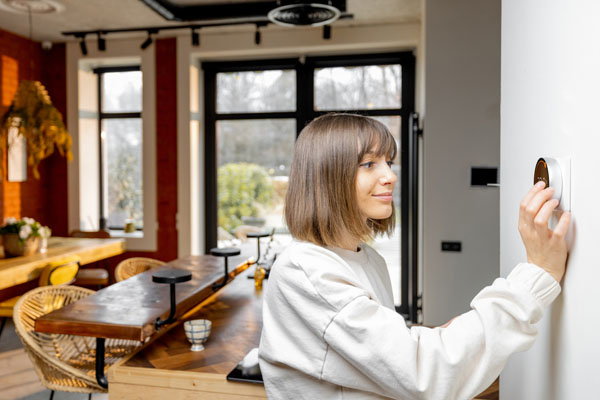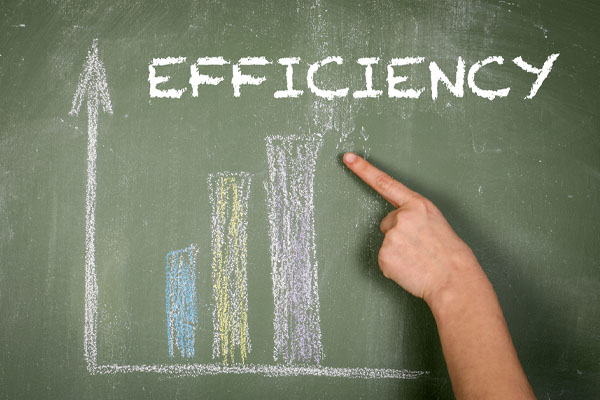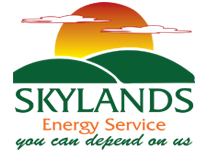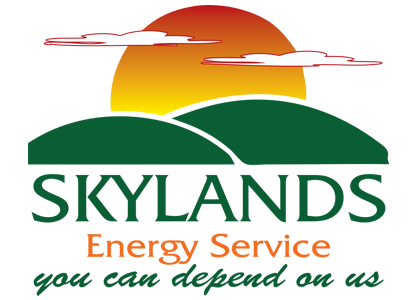
HVAC thermostats are essential for energy-efficient heating and cooling. Thermostat setbacks, adjusting temperatures when spaces are empty or during sleep, are a simple yet effective way to save energy and money. This article explores the economic and ecological benefits of a set back thermostat for financial savings and environmental sustainability.
Grasping the Concept of Thermostat Setback
Table of Contents
The concept of thermostat setback, also known as temperature setback, involves intentionally adjusting your thermostat to a lower temperature (or higher when cooling) during certain times for energy conservation. This technique is usually applied when the premises are unoccupied, or the inhabitants are sleeping.
Thermostat setback can be accomplished using a range of thermostat types:
- Manual Thermostats: These require individuals to manually change the temperature settings as needed.
- Programmable Thermostats: These devices enable the scheduling of temperature adjustments ahead of time.
- Smart Thermostats: Equipped with the capability to adapt to your routine and offer remote adjustments through smartphone applications.
Thermostat setback reduces heating or cooling when not needed, such as lowering the temperature while away and raising it before returning home. This efficient method reduces energy use, lowers utility bills, and reduces carbon emissions, ensuring comfort when needed while saving energy and promoting sustainability.
Energy Use and Lowering Costs
Your thermostat’s temperature setting directly affects your HVAC system’s energy usage. Setting it higher in winter increases energy consumption, while lower settings in summer raise energy use to maintain those temperatures.
Thermostat setbacks’ savings can vary depending on climate, HVAC efficiency, and setback duration. Adjusting it by 7 to 10 degrees Fahrenheit for 8 hours daily can reduce HVAC expenses by up to 10%. For example, setting it lower when leaving for work and bedtime can notably decrease heating costs, reflected in reduced utility bills. Beyond financial savings, thermostat setbacks lower carbon emissions and promote a sustainable environment.
Selecting an Appropriate Thermostat
When choosing a thermostat for your home, you have various options to consider. Manual thermostats provide basic temperature control, while programmable ones allow you to set different temperatures for various times, promoting energy-efficient setback periods. Smart thermostats take it a step further by learning your preferences and enabling remote adjustments through smartphone apps.
Several factors should guide your decision. Consider your daily routine, lifestyle, and heating and cooling needs. Assess the level of flexibility you want in programming temperature schedules, and think about factors like cost, user-friendliness, and compatibility with your HVAC system.
Thermostat installation complexity varies; some are suitable for DIY projects, while others may require professional installation. Ensure compatibility with your HVAC system, especially for smart thermostats that often require Wi-Fi connectivity and a compatible app for optimal functionality. Check your home’s readiness to meet these requirements.
Optimizing Thermostat Settings for Efficiency

Balancing energy savings and comfort is crucial when setting set back thermostat temperatures. In heating mode, program it a few degrees cooler than your usual comfort level, and for cooling, set it slightly warmer. Avoid drastic setbacks to prevent extended recovery periods that could reduce efficiency.
Align your setback schedules with your daily activities, adjusting heating or cooling when you’re away or asleep. Programmable and smart thermostats offer precise scheduling with multiple time slots.
Consistency in setbacks is key for optimal savings, favoring gradual changes over sudden shifts. Regular HVAC system maintenance is vital to ensure efficient operation with these setbacks.
Contrary to a common misconception, research and practical experience consistently demonstrate significant energy and cost savings through thermostat setbacks.
Evaluating and Modifying Thermostat Settings
Regularly monitor your energy bills to evaluate the effectiveness of your thermostat setback settings. Analyze energy consumption patterns and adjust as needed. Smart thermostat users can leverage detailed usage reports for precise insights.
Update set back thermostat settings with the seasons; lower heating setbacks in cooler months and raise cooling setbacks in warmer weather to match environmental conditions.
Smart thermostats offer remote control and energy usage insights via smartphone apps, simplifying setback strategy optimization.
For any thermostat challenges, consult the user manual or contact the manufacturer for assistance, addressing issues like programming errors and Wi-Fi connectivity problems.
Energy-Efficient Heating and Cooling Tips

Maintaining peak efficiency in your HVAC system requires regular upkeep and energy-conscious practices. This includes replacing air filters and keeping ducts clean to ensure proper airflow. Schedule professional inspections annually to address potential issues.
Focus on energy conservation by sealing gaps around windows and doors and insulating attics, walls, and floors for consistent indoor temperatures. Install energy-efficient windows and doors to reduce heat transfer and ease the workload on your HVAC system.
Promote proper airflow and ventilation with ceiling fans and consider a heat recovery ventilation system for efficient airflow.
When replacing heating and cooling systems, prioritize energy-efficient models with high SEER ratings for air conditioners and heat pumps and high AFUE ratings for furnaces. These upgrades are long-term investments that lead to energy savings.
Addressing Challenges with Thermostat Setbacks
If a set back thermostat leads to discomfort, consider making minor adjustments to the setback temperatures or installing zoning systems. To maintain indoor air quality, air purifiers and humidifiers can be beneficial.
During extreme weather conditions, limit the extent of setback temperature changes, or opt for a smart thermostat that adapts intelligently while prioritizing energy efficiency.
For technical issues with your thermostat setback system, consult a professional technician for efficient diagnosis and repair.
Gradually adjust setback temperatures to strike the right balance between comfort and energy conservation. Proper HVAC system maintenance is essential, and using appliances and effective insulation contributes to a comfortable home environment.
Conclusion
A set back thermostat presents many benefits: they lead to considerable cost savings, lessen environmental impact, and improve overall energy efficiency. By judiciously managing indoor temperatures, you enjoy a comfortable living space and contribute to a greener future. For optimal use of this energy-saving tactic, engaging professional HVAC services for thermostat optimization is advisable. Act now to enjoy the dual advantages of financial savings and environmental stewardship while maintaining a cozy and welcoming home.
Contact Skylands Energy Service for Comprehensive HVAC Solutions
Skylands Energy Service is your go-to source for outstanding HVAC services in central New Jersey. Our team of highly qualified and professionally certified technicians is dedicated to providing top-notch HVAC maintenance, repair, installation, and replacement services. Each technician brings a wealth of knowledge and experience to ensure your HVAC system is serviced effectively and efficiently.
At Skylands Energy Service, we pride ourselves on having the region’s most competitive prices for heating and cooling services. Our maintenance solutions aim to enhance your comfort, boost energy efficiency, and lower your home’s heating and cooling expenses. Should you require an HVAC repair or a new system, we recommend the most suitable options that align with your budget. We stand behind our work with a comprehensive satisfaction guarantee. To arrange a service appointment and receive a free, in-home estimate, contact Skylands Energy Service today.
Skylands Energy Service stands behind its services with a solid satisfaction guarantee. To arrange a service visit and receive a complimentary, in-home estimate, contact Skylands Energy Service today.
Contact us now at (908) 707-1776 to find out more! To view our service area, click here.

Related Articles:

